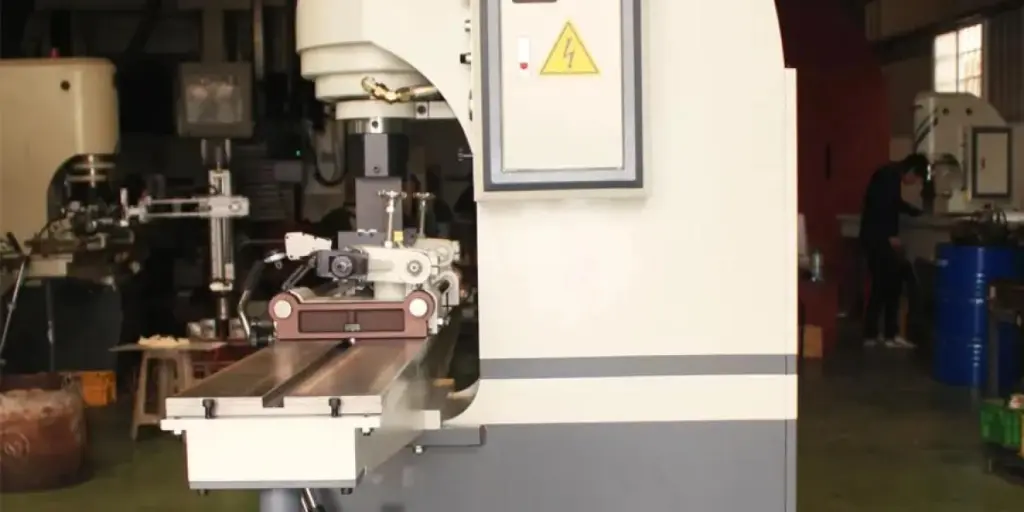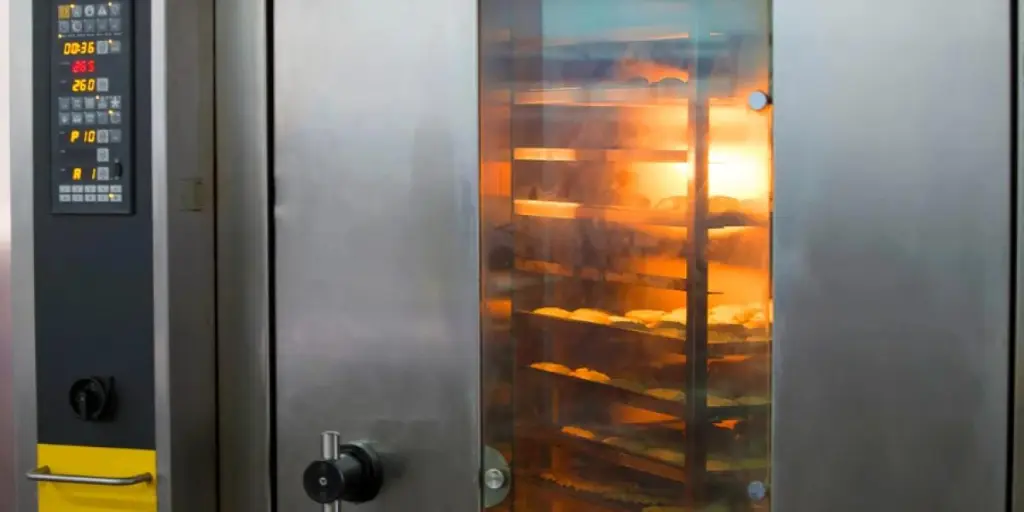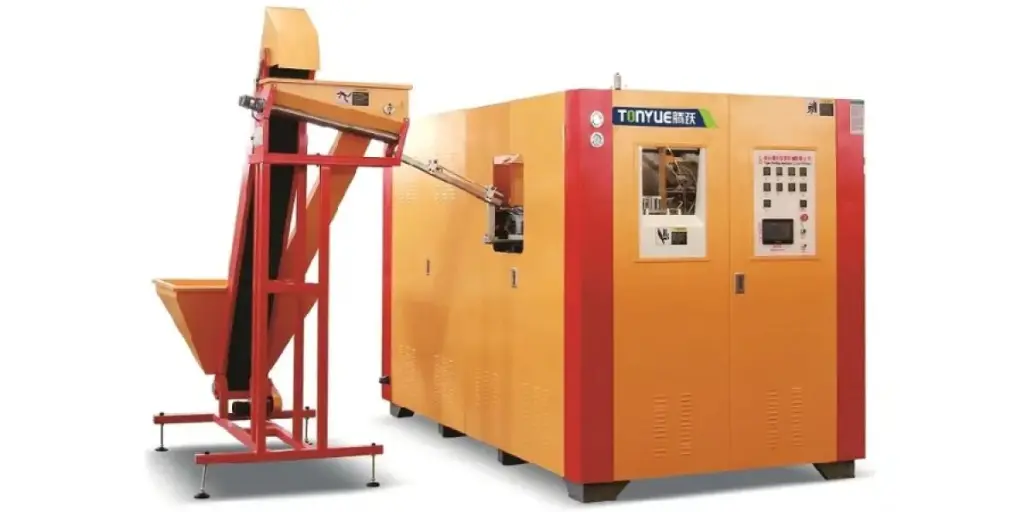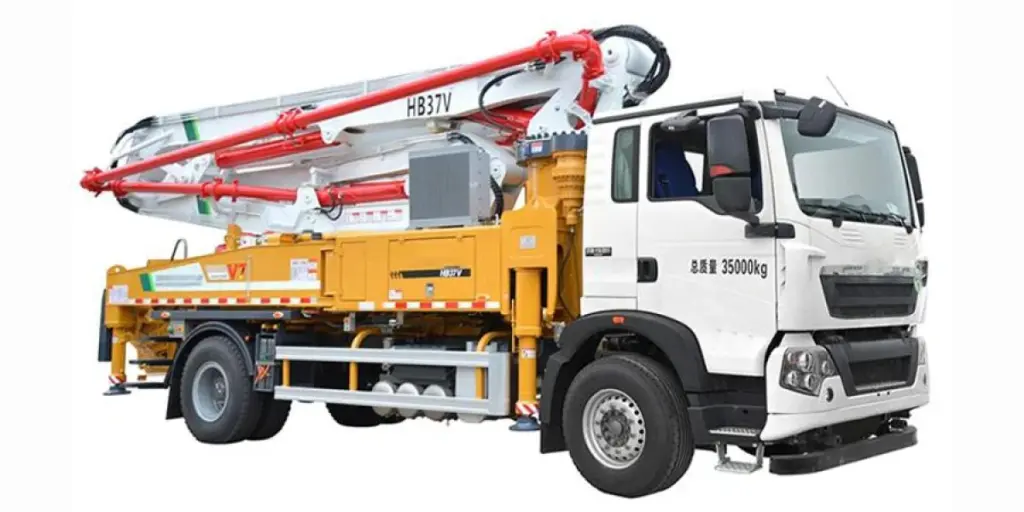Flatness is essential when processing sheet metal parts as well as blanks. Metal straightening machines work to straighten any sheet metal parts and blanks that have coils. These machines save up time used to straighten the metal parts and reduce the wastage of raw materials. Buyers will find a variety of these metal straightening machines in the market. The availability of many brands of metal straightening machines makes it hard to know the ideal one to buy.
Continue reading to know the ultimate guide to buying metal straightening machines. This article also shows the market share of metal straightening machines as well as the expected growth rate in different regions.
Table of Contents
Market share of metal straightening machines
The ultimate buying guide to metal straightening machines
Summary
Market share of metal straightening machines

Globally, Mikron, FFG Group, Gnutti Transfer, Varriomatic, and Hydromat are some of the major producers of metal straightening equipment. These manufacturers have expanded their international presence thus resulting in a competitive market. The competition is mainly based on innovations, vendors engaging in several growth strategies like forming partnerships, and the launch of new products. Furthermore, the increased demand from the domestic and international markets has led to a surge in metal straightening machinery production.
The metal straightening equipment market is anticipated to register steady growth between 2021 and 2025. According to Technavio, this market is classed under the industrial machines market, which was valued at USD 2,561.67 billion in 2020. The increased demand for automated machines and metal-formed parts will fuel the expected expansion of the market.
Also, the metal straightening machinery market is segmented by type (automatic & mechanical) and geography. Regionally, North America will be a significant market for metal straightening machines because it offers manufacturers a wide range of growth opportunities.
The ultimate buying guide to metal straightening machines
1. Material
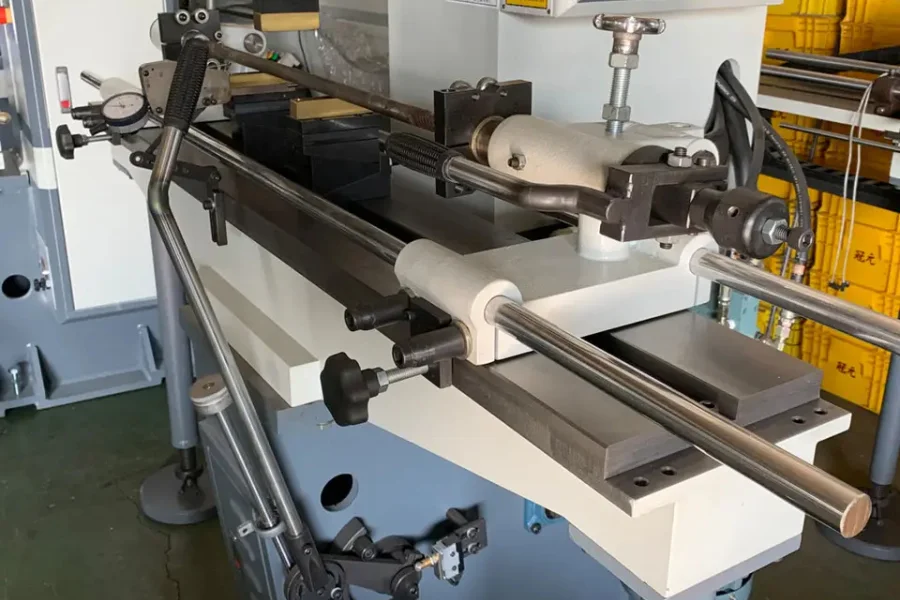
Various buyers intend to use different methods to uncoil metals into straight parts that can be used in different applications. Generally, roller straightening machines are used on bent metal sheets, flat materials, wires, and pipes. These materials are led over a system of rollers to achieve straight or plane results. Usually, the rollers are made from extremely hard and heavy 52100 heat-treated steel. They are used to straighten metals like zinc, titanium, and aluminum. On the other hand, some machines use the oxy-acetylene flame, which is focused on a selected part of a workpiece. The process removes the deformations from materials like steel, copper, nickel alloys, titanium, and aluminum.
2. Cost
The cost of metal straighteners is dependent on various factors. Firstly, on average, simple metal straightening machines can cost as low as USD 5,000. As the complexity of the machines increases, they cost way above USD 60,000. The initial purchase depends on the quality and structural parameters of the machinery. An automatic metal straightener with dependable technical aspects and higher performance is more costly than a simple mechanical metal straightener. To acquire the most appropriate metal straightener, buyers are required to take into account the set budget and the demand arising from their production line.
3. Shape and size
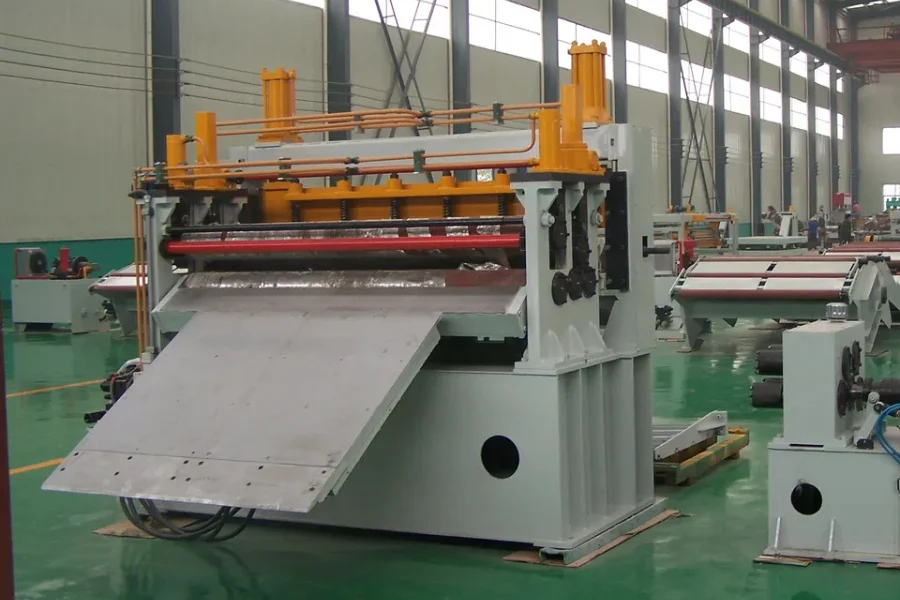
The shapes and sizes of metal straightening machines determine the space required for their storage and the shapes and sizes of the metal parts to be produced. For instance, some industrial metal straightening machines are in sizes of around 150*60*90 cm and can weigh above 400 kg. In that case, buyers need to mind what they intend to produce and the availability of space to accommodate the machines, operators, and materials. Also, the metal parts sizes determine the size of the straightening machine to be purchased. Generally, the technical specifications for straightening sheets include a piece thickness of around 2-23 mm. The width of the material should range from 100 mm to 1,300 mm and have a minimum length of 160 mm.
4. Required tolerance
With a length tolerance of up to 1 mm and a high straightness of around 2 mm/m, a metal straightening machine could achieve a result with the fewest corrections. Ideally, during a straightening process, the metal part repair reduces the stress in the workpiece fibers that initially caused it to bend. A successful restoration of the deformed material fibers to the original state enhances the durability of the metal part. However, achieving this can be difficult because straightening results in more stress on the metals. As a result, buyers should opt for the most appropriate metal straightening machine based on the metal material, design, and type of bend.
5. Speed
The speed of metal straightening depends on the capabilities of the machine type and the material properties of the workpiece. This determines the accuracy of the straightened metal parts as well as the amount of material that will be run in a certain period. Averagely, most quality metal straighteners can attain a working speed ranging from 70 m/min to 150 m/min. The speed of a metal straightening machine should meet the demand of the buyers’ production operations.
6. Voltage
Most industrial metal straightening machines require a voltage of around 200 volts to function well. This ensures fine processing of metal parts with low failure rates. Generally, the maximum thickness and width of workpieces are important in determining the voltage requirement for metal straightening machines. Materials with high yield strengths require greater voltage to achieve the desired level of straightness. Notably, automatic machines can maintain trouble-free operations for a prolonged time under normal conditions and the required voltage.
Summary
Metal straighteners function in many different ways as there is no one-size-fits-all solution. This includes handling metals of varying sizes that are subjected to different temperature conditions. Also, some large-size metal straightening machines have a quick-release feature which is not found on some small-size straighteners. All these factors prove to be a headache for buyers when seeking the right choice of metal straighteners. In response, the above guide outlines the most important components to be considered when investing in metal straightening machines. Moreover, to acquire quality metal straighteners, visit Alibaba.com.
